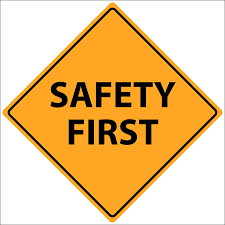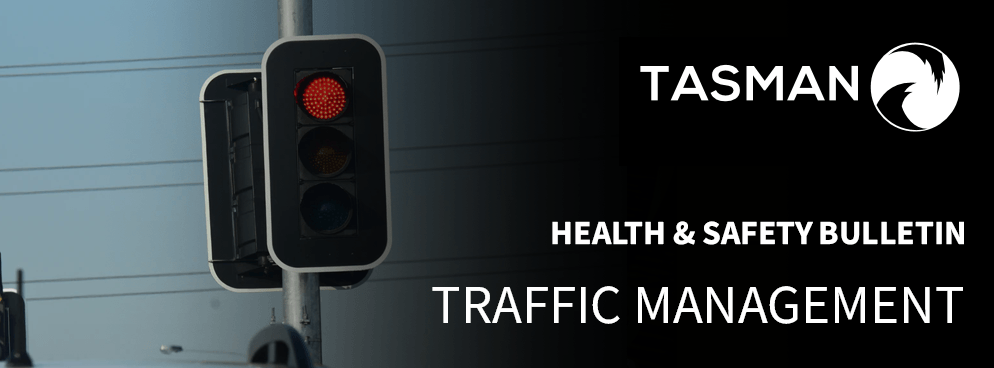Health & Safety Bulletin – Traffic Management – Sep 20
This Safety Bulletin highlights traffic management and associated risks whenever traffic flow between pedestrian and vehicle/forklift available around the workplace.
A person conducting business or undertaking must manage risks, so far as is reasonably practicable. This includes identification of workplace hazards (e.g. traffic hazards).
The following can help to identify traffic hazards:
- Observe the workplace to identify areas where pedestrians and vehicles interact. Think about the floor plan and placement of overhead structures in your workplace, whether work is done close to public areas, when traffic volumes are higher, where potential blind spots are and if there are areas of poor visibility. Security footage may be useful if available.
- Review work tasks, design and management. Monitor types and heights of vehicles, where loading and unloading occurs and the general needs of traffic, including parking, road surface and entering and exiting the workplace.
- Ask your workers, visiting drivers and other pedestrians about traffic management problems they encounter at your workplace.
- Review your incident and injury records, including near misses.
Assess risks—In many cases the risks and related control measures will be well known. In other cases, you may need to carry out a risk assessment to identify the nature of the harm that could be caused by the hazard, the likelihood of somebody being harmed by the hazard and how serious it could be.
A risk assessment can help you determine what action you should take to control the risks and how urgently the action needs to be taken.
Control the risks—implement the most effective control measure that is reasonably practicable in the circumstances and ensure it remains effective over time.
When implementing controls, the first thing that should be considered is whether a traffic hazard can be eliminated, for example through the removal of powered mobile plant and other vehicles from the workplace.
Substitution, isolation and engineering controls should then be considered. For example:
substitute the hazard for something safer: for example, swap trucks and forklifts with other load shifting equipment such as a walker stacker
isolate the risk from workers: including by isolating pedestrians from vehicles by using overhead walkways, and
engineering controls: such as fitting vehicles with devices such as reversing sensors and reversing cameras.
If a risk still remains, administrative control measures should be implemented.
Administrative control measures include processes such as training, instruction and supervision.
If the workplace is large with a high volume of traffic, or where carrying out work on or near public roads, a traffic management plan can help plan and communicate how the traffic risks will be managed.
A traffic management plan may include details of:
- the desired flow of pedestrian and vehicle movements
- the expected frequency of interaction of vehicles and pedestrians
- illustrations of the layout of barriers, walkways, signs and general arrangements to warn and guide traffic around, past, or through a work site or temporary hazard, and
- how short term, mobile work and complex traffic situations will be managed.
Personal protective equipment should be used to control any remaining risks. For example, high-visibility vests so that workers are easily visible in the workplace.
The risk controls you have implemented should be monitored and reviewed to ensure they remain effective.


